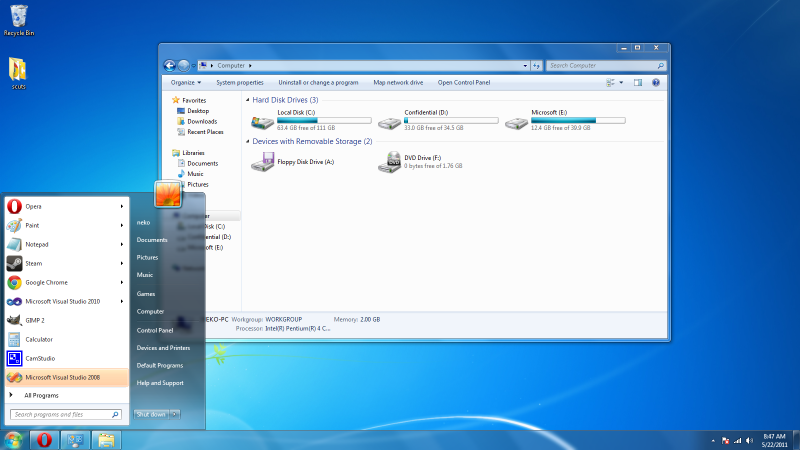Following Windows 10's largely successful launch over the past couple of months, Microsoft has quietly updated their Windows Lifecycle Fact Sheet to include the end of sales date for Windows 7 licenses and PCs: October 31, 2016.
Microsoft has given OEMs an unusually long time to produce Windows 7 devices, and that's mostly down to Windows 8's mediocre reception and launch period. Normally the company would set an end of sales date for an old version of Windows around two years after the launch of its successor (eg. Windows Vista ceased being sold in 2011, two years after the launch of Windows 7), but Windows 7 has been given an extended shelf life.
Even now, it's possible to walk into a retailer and find Windows 7, Windows 8.1 and Windows 10 machines on the shelves, which is not the norm for the Windows ecosystem. However, from October 31, 2016, Microsoft will only allow Windows 10 devices to be sold, which also brings a close to the Windows 8 era slightly ahead of schedule.
While Windows 7 and Windows 8 won't be sold beyond October next year, Microsoft will continue to support the operating systems until 2020 and 2023 respectively. This means the operating systems will continue to receive security patches and some bug fixes for at least four more years.
But if you're after a new machine running Windows 7, rather than Windows 10, you'd better get in quick before the stock disappears from shelves for good.
